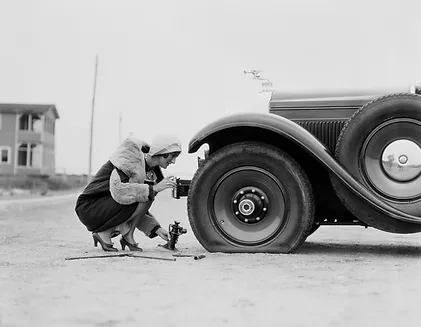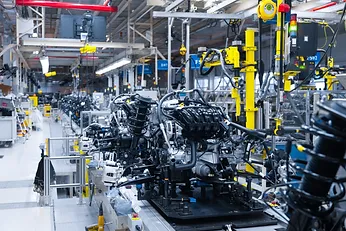Modern Technology Brings Modern Challenges: Understanding the Evolution of Auto Repair Today
The automotive industry has undergone a remarkable transformation since the advent of the first automobile in the late 19th century. As the automotive landscape has evolved, so too has the automotive repair industry. Advancements in technology have not only made vehicles more efficient and reliable but have also introduced intricate systems that make repairs more complicated and challenging. At Menifee Transmission and Auto Repair, our dedication goes beyond serving our customers—we aim to enlighten not just our clientele but also those of other auto repair facilities. Our mission is to bridge the gap between shop owners, mechanics, and customers.
The Early Days: Simple Machines, Simple Repairs
When the first cars hit the roads in the late 1800s and early 1900s, they were basic machines with uncomplicated mechanical systems. These early vehicles were often powered by simple internal combustion engines, lacked sophisticated electronics, and had minimal safety features. Repairs, though still essential, were relatively straightforward compared to today’s standards.
Mechanics of the time would focus on tasks such as adjusting carburetors, fixing ignition issues, and replacing basic mechanical components like belts and hoses. With fewer parts and systems, diagnosing and repairing problems were simpler, and most repairs could be carried out with basic hand tools.

The Technological Revolution: More Complexity Equals More Challenges
As the automotive industry entered the latter half of the 20th century, technological innovations began to revolutionize vehicle design. The integration of electronic systems, fuel injection, and computerized controls brought a new level of complexity to automobiles. While these advancements enhanced performance, efficiency, and safety, they also presented a host of challenges for automotive repair professionals.
Modern vehicles are equipped with sophisticated onboard computers that control various functions, from engine performance to advanced safety features. This complexity means that diagnosing issues often requires specialized diagnostic tools and knowledge. In addition, the increased use of sensors, actuators, and interconnected systems has made pinpointing problems more challenging.
Complicated Systems Equals Complicated Parts:
One significant consequence of the technological revolution in automobiles is the proliferation of intricate parts. Modern vehicles boast a multitude of components that work together seamlessly to deliver optimal performance. However, the downside is that the sheer number of parts increases the likelihood of faults and failures, creates more complicated repairs and increases the cost of repairs.
For example, in the early days of automotive repair, a faulty ignition system might involve simple components like spark plugs and a distributor. In contrast, diagnosing an issue in a modern vehicle may involve troubleshooting sensors, electronic control units (ECUs), and complex wiring systems.
The Repair Process: Then and Now
In the early days, automotive repair was often a hands-on, mechanical affair. Mechanics relied on their experience and knowledge of basic engineering principles to troubleshoot and fix issues. Fast forward to today, and the repair process has become highly dependent on cutting-edge technology.

Modern repair shops use advanced diagnostic equipment that interfaces with a vehicle’s onboard computer systems. Technicians plug into the vehicle’s diagnostic port to retrieve error codes and data that help identify the root cause of problems. The emphasis on technology has led to a shift in the skill set required for automotive repair, with technicians now needing a deep understanding of electronics and computer systems and shop owners needing to invest more into expensive equipment updated to meet the needs of the modern auto repair industry.
A More Intricate and Complex System
The automotive repair industry has come a long way since the days of the Model T. Technological advancements have brought about incredible improvements in vehicle performance, safety, and efficiency. However, these advancements have also made automotive repairs more intricate and demanding. Today’s mechanics must navigate a landscape of complex systems and interconnected parts, relying on a combination of traditional mechanical skills and modern technological expertise to keep our sophisticated vehicles on the road. As we look to the future, it’s clear that the evolution of automotive repair will continue hand in hand with the relentless progress of automotive technology.
